Is your company in need of an easy-to-use accounting solution? You might find FinancialForce Accounting handy. It can help you meet the most complex and diverse financial requirements. You can access real-time business intelligence and shorten period close cycles thanks to FinancialForce Accounting objects, updated analytics, and single-ledger design.
In this blog post, we will be discussing the different FinancialForce Accounting Objects (FFAs). We will provide an overview of each FFA objects, and how to use it in your accounting workflow. After reading this post, you will be well-equipped to use FFA for improving your accounting process.
Certinia (FinancialForce) Accounting Objects – What is it Exactly?
Certinia (FinancialForce) Accounting or FFA objects are a set of objects that allow you to manage & report on your company’s financial data in a simplified, centralized manner. FFA Objects are built using the object-oriented programming language Java and can be integrated into various applications, including Microsoft Word, Excel, and the Google Sheets application. It includes:
- Accounts: It allows you to manage your company’s accounts & transactions, including reconciling & reporting on transactions across several accounts.
- Financial Reports: You can generate detailed & accurate financial reports in many different formats such as PDF, Excel, as well as JSON.
- Transactions: It lets you track all your company’s transactions from a centralized location.
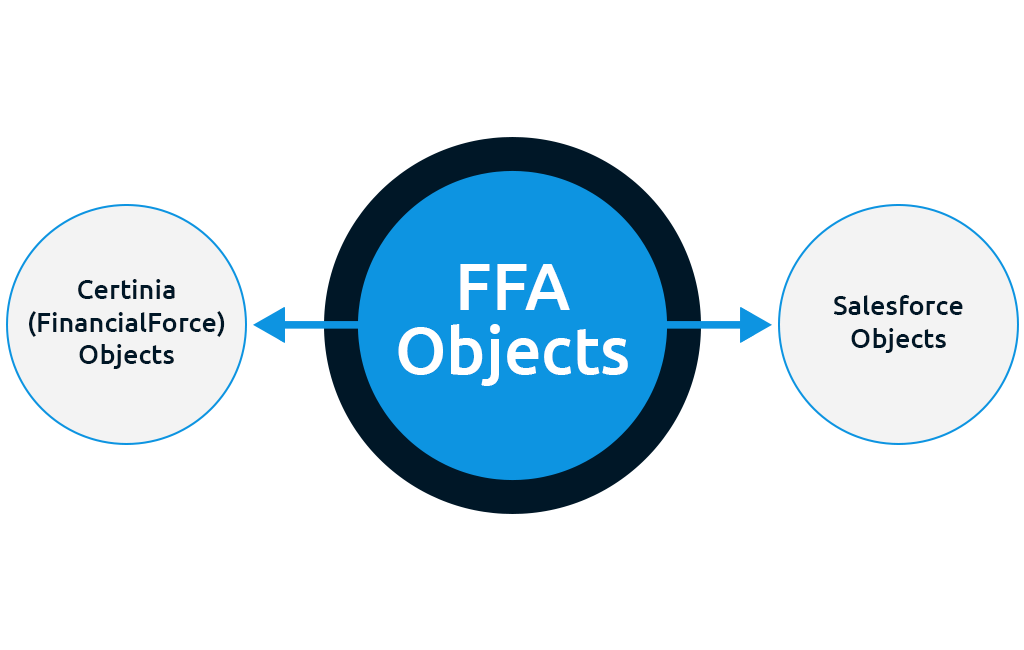
By automating common financial tasks and merging all your company’s data into one location, FFA Objects help businesses focus on their core business goals and achieve greater efficiency and transparency in their operations.
Company Independent: Certinia (FinancialForce) Accounting (FFA) Objects
FinancialForce Accounting (FFA) Company Independent objects represent a company’s financial data and performance with no dependencies on the underlying company structure or business model. It makes FFA Objects highly versatile and useful for a variety of applications, including financial planning, forecasting, analysis, and reporting.
1. Object – General Ledger
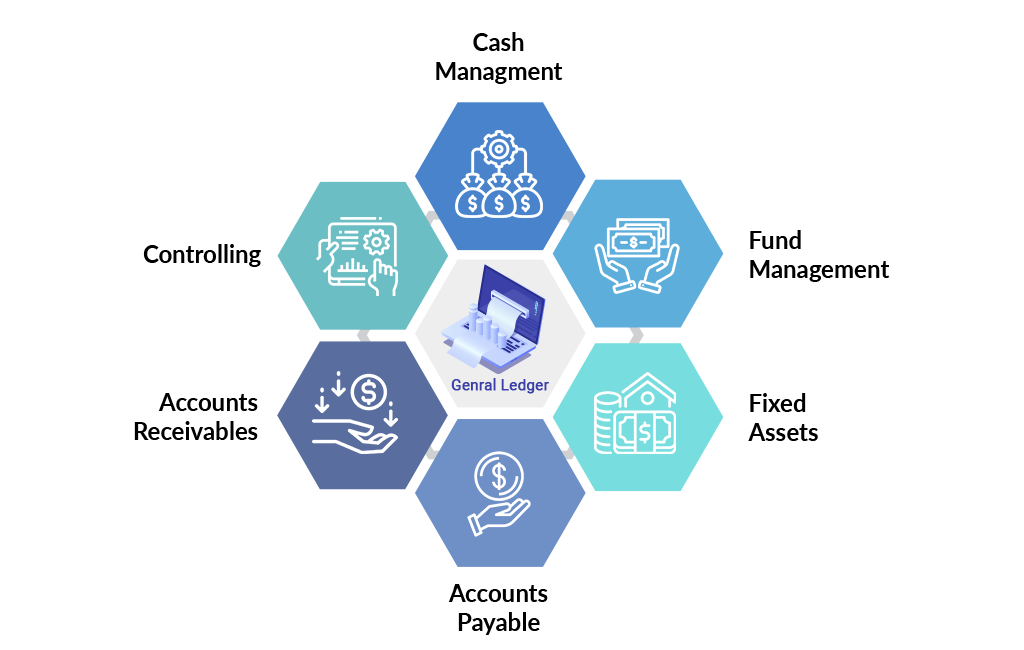
A general ledger is a detailed & accurate record of all financial transactions made by the organization, containing information such as account balances, income & expenses, and transactions involving assets, liabilities & equity.
2. Object – Tax Codes

Tax codes are used by the government to track business income and expenses, allowing companies to easily file taxes.
3. Object – Dimensions
| Dimension 1 – Location | Dimension 2 – Industry / Department |
|---|---|
| Berlin | Government |
| London | Healthcare |
| Paris | Retail |
| San Francisco | Sales |
| San Francisco | R & D |
| San Francisco | HR |
Dimensions are the physical measurements of an object or entity like height, width, and weight. Such type of measurements help determine if an object can perfectly fit into a certain container or if it was built to specification.
Company Dependent : Certinia (FinancialForce) Accounting (FFA) Objects
Certinia (FinancialForce) Accounting or FFA Company Dependant objects are used to represent a company’s financial data and performance within the context of its underlying company structure and business model. It makes FFA Objects more suited for specific applications, such as finance and accounting. It is associated with the specified company and can only be used for data analysis and reporting within the context of that company.
1. Object – Input Documents

They can be thought of as the inputs or sources of information that drive the calculations or decisions made by the system. This can include things like sales invoices, payments, transaction data & more.
2. Object – Transactions
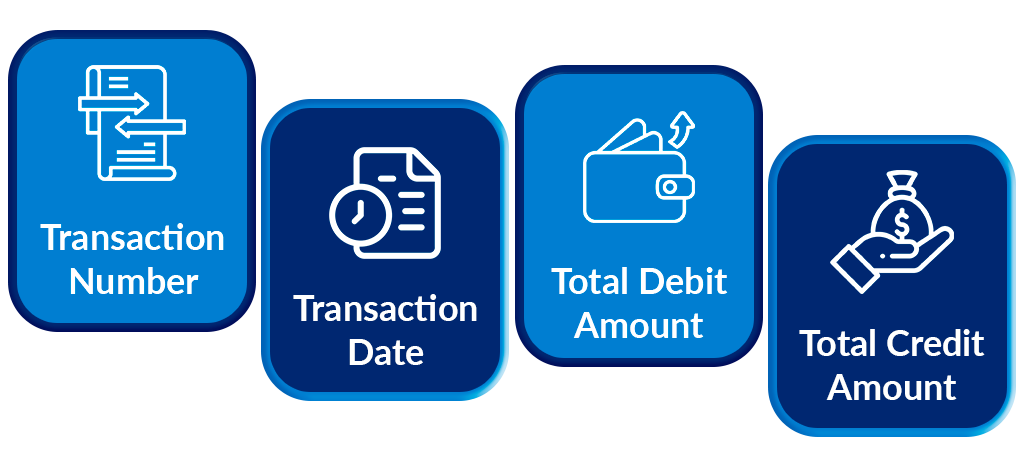
Here’s another Certnina (FinancialForce) Accounting or FFA dependent object that is known as the transactions. It has major aim is to accurately manage & track all of your business’s billing & transactions from a single spot.
3. Object – Currencies
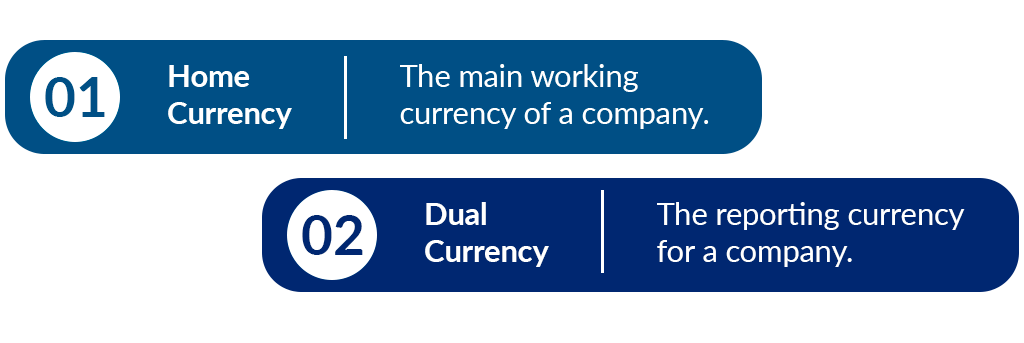
The unit of currency is used to measure value within an account or group of accounts. For example, if you are analyzing an account in dollars currency, then the value represented by that account would be expressed in dollars. Account trading currency refers to the currency in which a certain account runs within Certinia Accounting and other associated FinancialForce applications.
4. Object – Bank Accounts
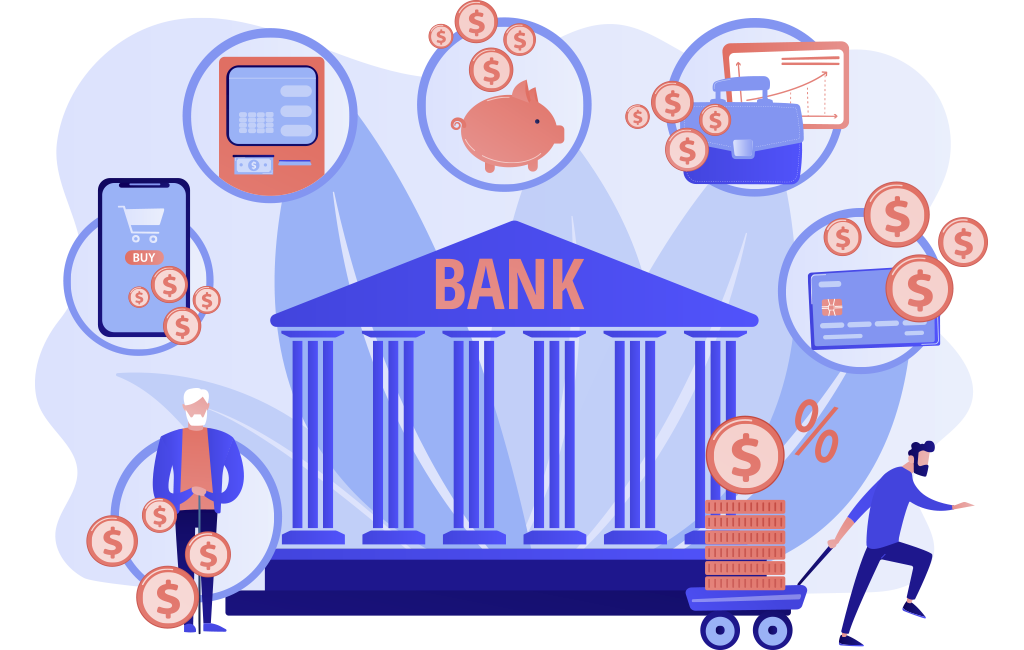
They are also described as Certnina (FinancialForce) Accounting or FFA dependent objects. It is so because they contain a record of all the assets & liabilities related to a business or organization. In layman’s term, they contain a complete picture of all the financial resources available to a given entity at any given time. In Certinia, you also get ability to create multiple bank accounts in several currencies.
Certinia (FinancialForce Accounting) or FFA Salesforce Objects
Certinia (FinancialForce) Accounting or FFA Salesforce objects gives users the ability to manage & track their sales activity in Salesforce. Such types of Salesforce objects include account, product, date, opportunity, contact, deal, and more.
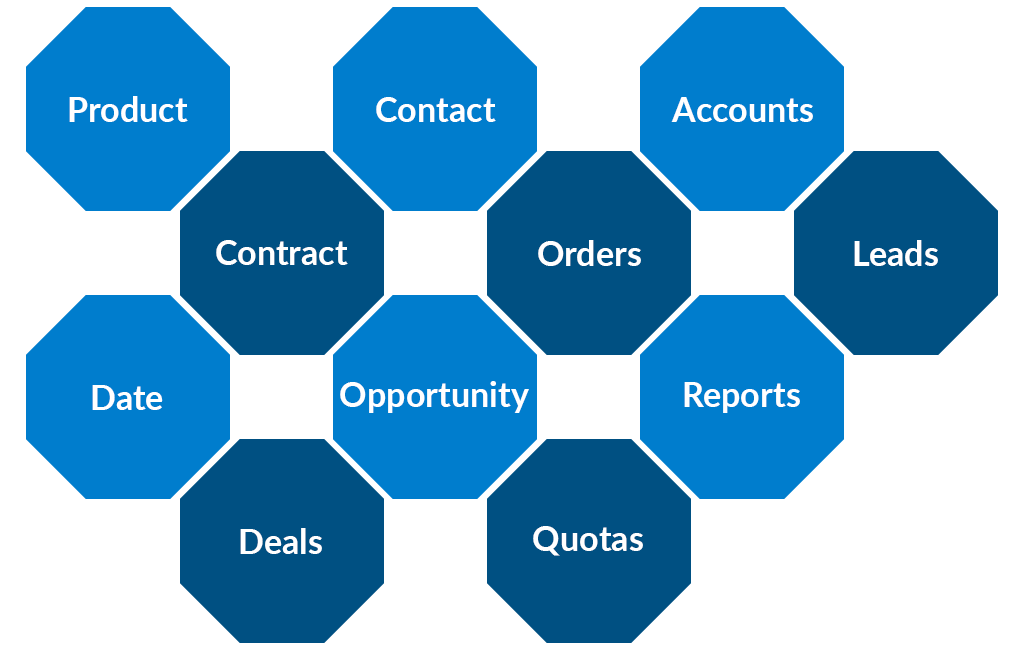
1. Product
The Product object is used to manage the sales and purchase histories of products in the FFA Salesforce.
2. Date
The date object is used to manage the dates on which products were sold or purchased.
3. Contact
The contact object is used to manage the contact details & other information for the customers who bought or sold products. In Certinia, you can also create several contacts with basic information.
4. Opportunity
The opportunity object allows users to track opportunities and assign them to leads or other recipients.
5. Accounts
The accounts object allows users to manage their account information, including customer data & orders, and invoices.
6. Leads
The leads object allows users to track leads & contact information for their customers.
7. Contracts
The contracts object allows users to manage contracts & associated customer data or information.
8. Deals
The deals object provides the ability to users to view, edit, & export the particular deal’s data.
9. Orders
The orders object gives the users an ability to view, edit, & print order data or information.
10. Quotas
The quotas object gives the users ability to set limits on the amount of sales activity that individual accounts & employees can generate.
11. Reports
The reports object offers users with customized reports that assist them in understanding their business’s sales activity & market performance.
Key Takeaways
In conclusion, Certinia (FinancialForce) Accounting Objects or FFA provide a powerful and easy way to manage your finances & accounting information. This article sheds some light on the fundamentals of FinancialForce Accounting Objects and how they can help you improve your financial management skills. If you’re interested in learning more about the importance & significance of FinancialForce Accounting, be sure to check out our blog post on the subject.

Author

Project Manager, AblyPro
Manish Maid is a FinancialForce Project Manager at AblyPro with deep technical expertise in handling Enterprise Resource Planning software for optimizing Financial Management, Account Receivables, Account Payables, and other finance functions. With over 25 years of experience in training, implementation, business accounts and operations management, Manish enables organizations to simplify and streamline accounting complexities to optimize business processes while improving operational efficiency and boosting customer satisfaction.





